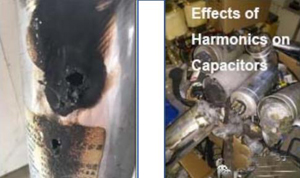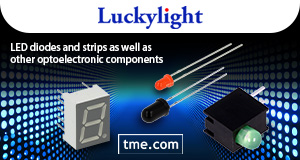What are harmonics?
Harmonics refer to the additional voltage or current components whose frequency is an integer multiple of the fundamental frequency in power systems or other periodic systems. In power systems, harmonics are often caused by nonlinear loads. Nonlinear loads include electronic equipment, UPS, switching power supplies, rectifiers, frequency converters, inverters, etc. These devices produce nonlinear changes in voltage or current in the power system, distorting the waveform and generating harmonic content.


Take air conditioners, elevators, and lighting systems in buildings as examples. Because more and more energy-saving needs are considered, a large number of nonlinear power electronic devices will be used in them, such as frequency conversion air conditioners, frequency control elevators, energy-saving lamps, UPS, etc. etc., will generate more harmonics, making the power quality problems of the power supply system more serious. The main problems are: harmonics, reactive power, and imbalance, among which harmonics are the most serious.
The main hazards of harmonics:


1) Harmonics may lead to relay protection, refusal or malfunction of safety automatic devices;
2) It may cause resonance phenomenon, resulting in damage to capacitors, transformers, etc. due to over-current or over-voltage;
3) Increase the harmonic loss of the power system; 4) Reduce the utilization rate of power equipment, make electrical equipment (such as rotating motors, capacitors, transformers) and wires (such as low-voltage neutral wires, cables, busbars, etc.) overloaded to generate heat, vibration, abnormal noise, etc., thereby shortening the equipment service life.
The harm caused by harmonics is so serious that all countries in the world have paid full attention to the problem of harmonics. As the most effective solution to control harmonics – active power filter (APF) has become a research hotspot at home and abroad.
What is an Active Power Filter?
APF (Active Power Filter) active power filter is a new type of power electronic equipment used to dynamically suppress harmonics and compensate active power. It can compensate harmonics and active power that are changing in amplitude and frequency. According to the way of connecting to the power grid, active power filters can be divided into parallel active power filters, series active power filters and hybrid active power filters.
The parallel APF is mainly composed of two parts: the current detection circuit and the current compensation circuit. It is the task of the current detection circuit to detect the harmonic components and reactive current components in the load current of the circuit. The current compensation circuit controls the inverter circuit , so that it generates a compensation current opposite to the harmonic current and reactive current, so as to realize the purpose of compensating the harmonic component and reactive current component in the load current caused by the nonlinear load in the circuit.
Series APFs are used to compensate voltage harmonics. The series APF injects harmonic voltage signals into the grid by connecting them in series to the grid, so as to change the grid voltage into a standard sine wave.
Application advantages of ITECH

A university user purchased IT7915-350-90 to test the series APF. The IT7900 gave different voltage harmonic components to verify the harmonic elimination ability of the APF.

IT7900P/7900 power grid simulator can also test the shunt active power filter, which is mainly due to the working mode of its current source. In the state of constant current AC source, the user can output a constant current, which is a very practical function, but it is difficult to realize. The IT7900P family is a rare full AC source and power grid simulator with constant current source function on the market. The powerful harmonic current simulation function can more realistically simulate the complex output state of the power grid.

IT7900P/IT7900 series power grid simulator can simulate harmonic, inter-harmonic and harmonic synthesis. By setting the amplitude and phase, it can simulate up to 50 harmonics (the fundamental frequency is 50Hz or 60Hz), forming a periodic distorted waveform. At the same time, 30 harmonic distortion waveforms are built in for users to call quickly. It can realize single-phase harmonic, three-phase harmonic and three-phase harmonic unbalanced output.













